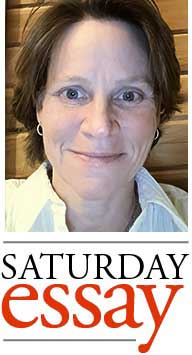Quitter
 Just about a year ago, I wrote an essay detailing my own reasons for abstaining from alcohol. (If you’re also a stickler for reading a series in order, you can find “1,186 Days” in the archive. Don’t rush. We’ll try not to get too far ahead before you rejoin us.) It was a relief to talk about it, frankly, having stewed it over for a few years. It was also surprisingly cathartic to put it on paper, since it was substantially more chaotic swirling about my brain box than it was organized and detailed in that essay. Ah, the curious, inscrutable liberation of constraint.
Just about a year ago, I wrote an essay detailing my own reasons for abstaining from alcohol. (If you’re also a stickler for reading a series in order, you can find “1,186 Days” in the archive. Don’t rush. We’ll try not to get too far ahead before you rejoin us.) It was a relief to talk about it, frankly, having stewed it over for a few years. It was also surprisingly cathartic to put it on paper, since it was substantially more chaotic swirling about my brain box than it was organized and detailed in that essay. Ah, the curious, inscrutable liberation of constraint.
Before I published it, I labored for months over the implications of my admissions: would friends judge me? Would they rewrite the stories of our relationships with this new information, indelibly staining our shared moments with my arrival at this murky end? Would they see evidence in my behavior, view our debaucherous moments with hindsight bias, convinced they could see now the unfortunate trajectory that would lead me to quit drinking? Would they feel weird around me? Would they glumph me into the world of addicts, a ticking time bomb that might dive headlong into a vat of gin and tonics and never resurface? Would I lose friends? Job opportunities? And did any of this matter to me, really? Because in this case, the truth was the truth. The only variable was other people seeing me as I actually was. So I published it.














